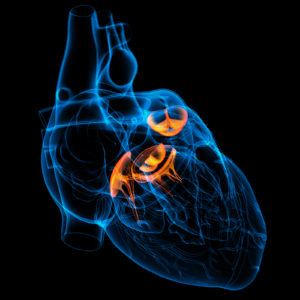Doctors have lots of tools for predicting a patient’s health. But—as even they will tell you—they’re no match for the complexity of the human body. Heart attacks, in particular, are hard to anticipate. Now, scientists have shown that computers capable of teaching themselves can perform even better than standard medical guidelines, significantly increasing prediction rates. If implemented, the new method could save thousands or even millions of lives a year.
 “I can’t stress enough how important it is,” says Elsie Ross, a vascular surgeon at Stanford University in Palo Alto, California, who was not involved with the work, “and how much I really hope that doctors start to embrace the use of artificial intelligence to assist us in care of patients.”
“I can’t stress enough how important it is,” says Elsie Ross, a vascular surgeon at Stanford University in Palo Alto, California, who was not involved with the work, “and how much I really hope that doctors start to embrace the use of artificial intelligence to assist us in care of patients.”
Each year, nearly 20 million people die from the effects of cardiovascular disease, including heart attacks, strokes, blocked arteries, and other circulatory system malfunctions. In an effort to predict these cases, many doctors use guidelines similar to those of the American College of Cardiology/American Heart Association (ACC/AHA). Those are based on eight risk factors—including age, cholesterol level, and blood pressure—that physicians effectively add up.
But that’s too simplistic to account for the many medications a patient might be on, or other disease and lifestyle factors. “There’s a lot of interaction in biological systems,” says Stephen Weng, an epidemiologist at the University of Nottingham in the United Kingdom. Some of those interactions are counterintuitive: A lot of body fat can actually protect against heart disease in some cases. “That’s the reality of the human body,” Weng says. “What computer science allows us to do is to explore those associations.”
In the new study, Weng and his colleagues compared use of the ACC/AHA guidelines with four machine-learning algorithms: random forest, logistic regression, gradient boosting, and neural networks. All four techniques analyze lots of data in order to come up with predictive tools without any human instruction. In this case, the data came from the electronic medical records of 378,256 patients in the United Kingdom. The goal was to find patterns in the records that were associated with cardiovascular events.
Read More at the Source: Self-taught artificial intelligence beats doctors at predicting heart attacks | Science | AAAS